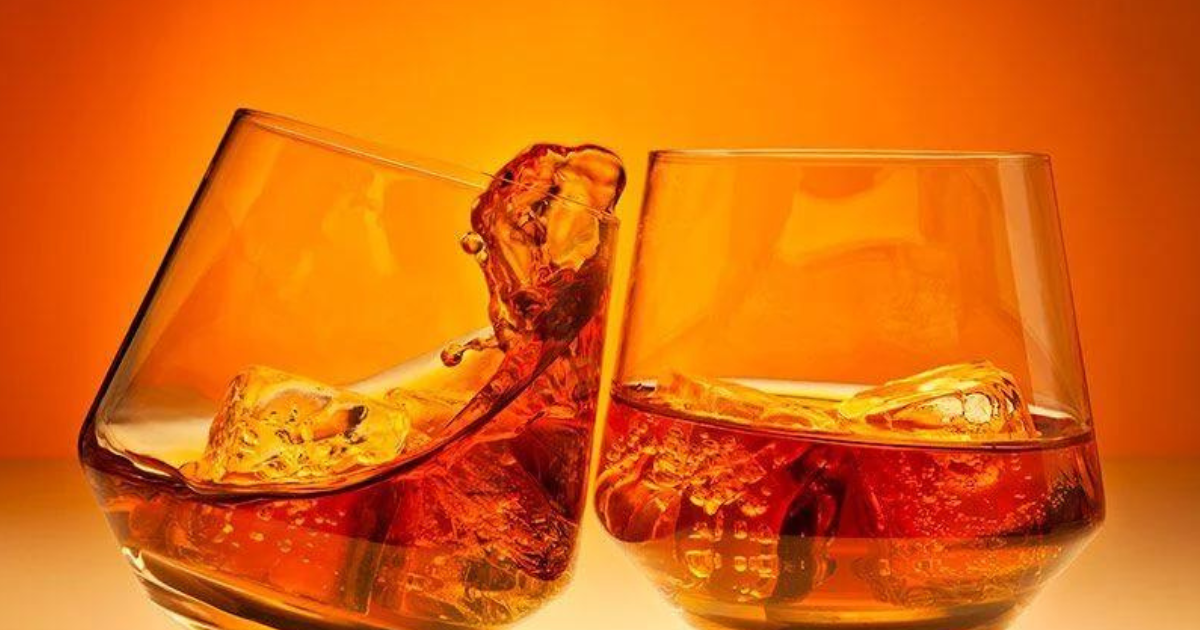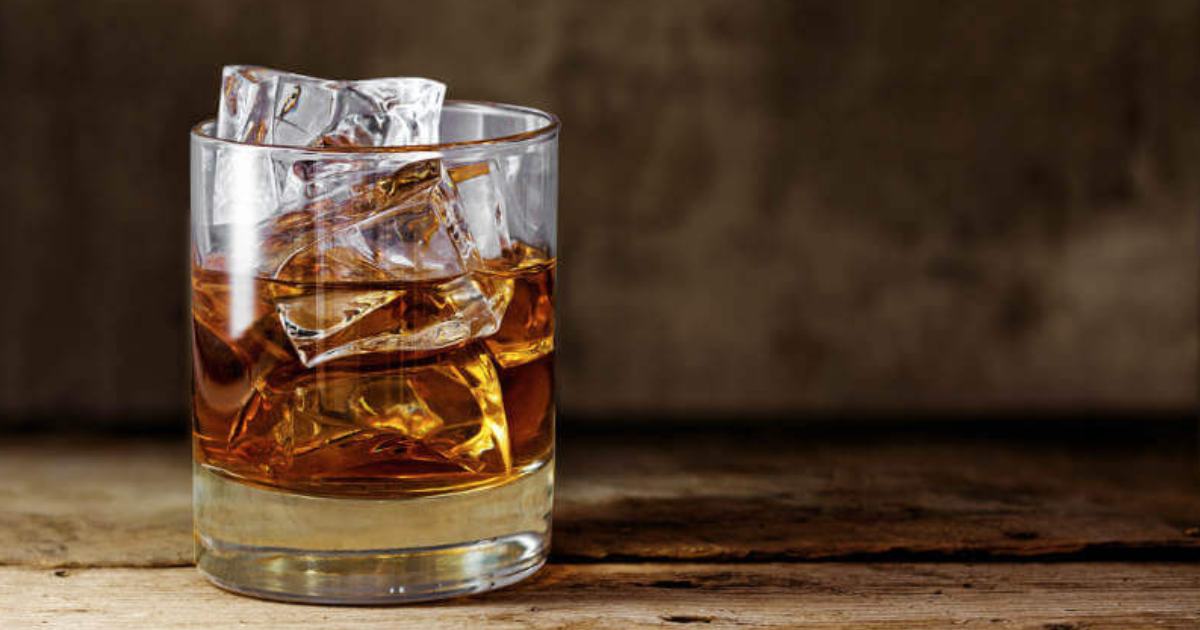How Venture First Quietly Became One of Whiskey’s Most Strategic Financial Partners
In a category where barrels tend to steal the spotlight, Venture First operates where the real structure of the whiskey industry is often forged:...
Wine has a rich history that dates back to 7000 B.C., with evidence of fermented wine being found. It has been mentioned in critical literary works by authors like Homer and was even considered a dietary staple by ancient Romans.
The popularity of wine can be credited to its diverse range of options. From reds to whites and various types in between, there is something to suit every palate. While the growing and harvesting of grapes may follow a similar process, it is during the crushing and fermentation stages that the unique profiles of each wine begin to emerge.
The harvesting of the grapes plays a crucial role in determining the taste and quality of the wine. Various factors within the winery, such as soil, sunlight, timing of the harvest, harvesting methods, pesticide use, and climate, all contribute to the final outcome. Sunlight, in particular, can impact the sweetness and sugar levels of the grapes, while the irrigation system affects vine growth and development.
Picking is referred to as harvesting. Determining when to harvest the grapes is a delicate process, almost like a science. Grapes naturally contain acidity, esters, and tannins that play a crucial role in producing high-quality wine. The tannins, in particular, add a textural element that contributes to the final product's bitterness. As soon as the grapes are picked, their sweetness, acidity, and tannin levels are established. Achieving the perfect balance of these elements is essential for creating a well-rounded taste. The timing of grape harvesting is a critical factor that wineries carefully consider.
Grape development is just one piece of the puzzle when it comes to creating a unique wine profile. The method and timing of grape harvesting are crucial factors to consider. There are two main approaches: hand-picking and machine harvesting. Hand-picking is favored for its precision and gentle handling, minimizing damage to the grapes. Grapes are delicate fruits that can oxidize if their skins are too compromised. On the other hand, machine harvesting offers efficiency but may result in more grape casualties. Choosing between the two methods depends on the desired outcome for the final product.
When to harvest also pertains to the time of day. Weather conditions do indeed impact grape quality. In warmer climates, harvesting often begins at night to take advantage of cooler temperatures, allowing the grapes to be picked at their sweetest and with stable sugar levels.
Once the grapes are harvested, there is a sense of urgency to move them swiftly to the crushing stage. Crushing, despite its name, is not just about extracting the juices from the grapes. This crucial process kickstarts fermentation by blending the natural sugars in the liquid with yeast found in the skins. Exposure to carbon dioxide in the air is essential for this stage to progress. The mingling of juices and yeast can be achieved through different methods: mechanical or manual. Machinery uses a steel roller, while the manual method involves crushing the grapes with feet. Both methods effectively kickstart the process by breaking the skins.
When grapes are harvested, they still have their stems attached. The process of removing the stems, known as "must" in the wine industry, marks a crucial point in the journey of both red and white wines. After the stems are removed, each wine type begins its unique path towards completion.
After the grapes are crushed, the white wine undergoes a process where the skins are carefully removed. This extraction involves gently squeezing out the pure juices while leaving behind the skins. The skins of white grapes may contribute additional coloring or acidity that is not typical in white wine, making this step crucial in creating a pure white wine. Once the juice is separated, it is transferred to a tank to allow any sediment to settle at the bottom. After this settling period, the clarified juice is then prepared for fermentation.
The characteristics that define red wine are its color and tannins. By removing the skins, white wine can be produced, while keeping the skins intact creates the distinctive profile of red wine. Grapes designated for red wine will undergo a similar crushing process, but the skins will be retained post-extraction.
Fermentation is a crucial step in the winemaking process, where sugars interact with carbon dioxide and controlled heat to create the final product. During crushing, grapes are separated to produce either red or white wine, and the fermentation process varies depending on the type of wine being produced.
White wine fermentation involves transferring the juices into a stainless steel vat, where winemakers carefully control heat temperatures and add yeast to aid the process. Oxygen levels are closely monitored during this stage, although some winemakers may opt to use oak barrels for added flavor influence, particularly with varieties like Chardonnay.
The fermentation process for red wine is particularly special. While some winemakers choose to transfer the grapes to a stainless steel vat, others opt for the use of barrels. The interaction between the juices and skins during this stage significantly impacts the final flavor profile of the wine. The longer they mingle, the more pronounced and robust the taste becomes.
The fermentation process typically begins within six to twelve hours after crushing, continuing until all sugars have converted to alcohol, a process that takes about a month. However, fermentation is not the final step before bottling. The wine must undergo clarification to remove skins, yeast, and other impurities. Depending on the winemaker's preference, the clarified wine can be directly bottled or transferred to another vessel. This movement not only aerates the liquid but also offers the option to age the wine using oak barrels. Using an oak barrel gives the wine a smoother, rounder flavor. A zesty white wine might remain in a stainless steel vat. Which option to choose depends on how the type and brand that will set the winery apart.
The Brindiamo Group has decades of experience working in the wine and adult beverage industry. Our intimate knowledge of the production process enables us to better assist our clients with everything from production to effective branding.

In a category where barrels tend to steal the spotlight, Venture First operates where the real structure of the whiskey industry is often forged:...

We just got back from the International Bulk Wine & Spirits Show (IBWSS) 2025, and let’s just say — it did not disappoint.

July 2025: A Pivotal Month for Whiskey and Bourbon — Realignment, Innovation, and Resilience

Amber Beverage Group has made a substantial equity investment with the support of Brindiamo Group. As one of the largest manufacturers and...

S.P.I. Group has acquired the rights to "The Wise Man's Bourbon,"™, adding a new whiskey brand to its growing wine & spirits portfolio. Additionally,...

Brindiamo Group, a key player in the beverage industry mergers and acquisitions, recently facilitated the acquisition of D’Vine Wine by Handcrafted...

Join the conversation
Leave a comment below.